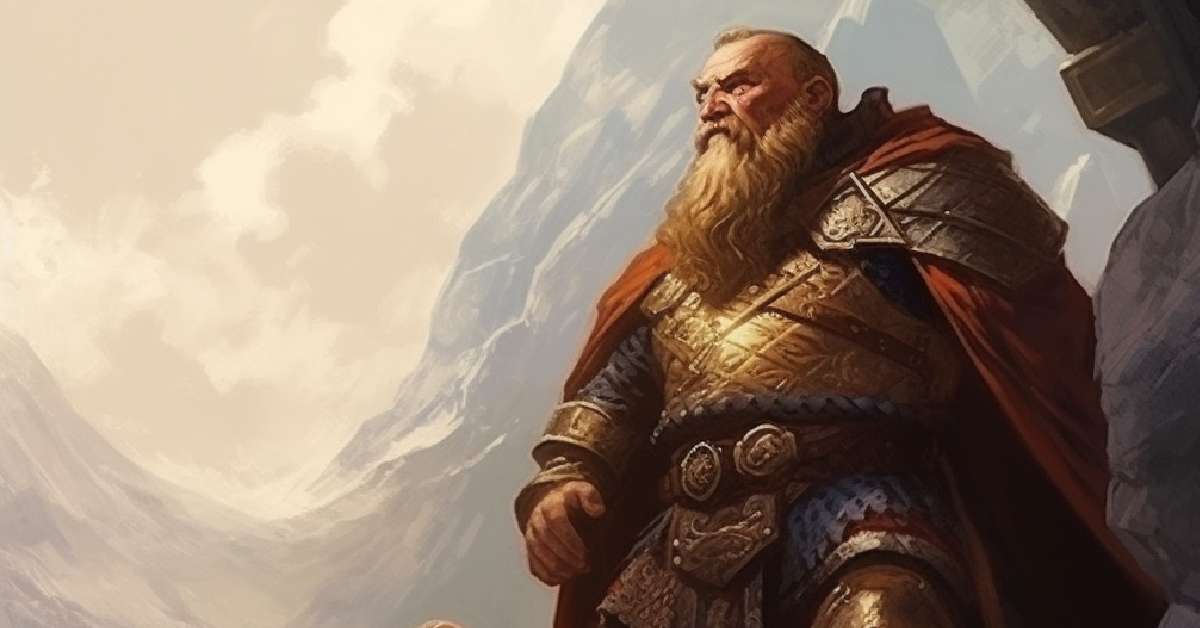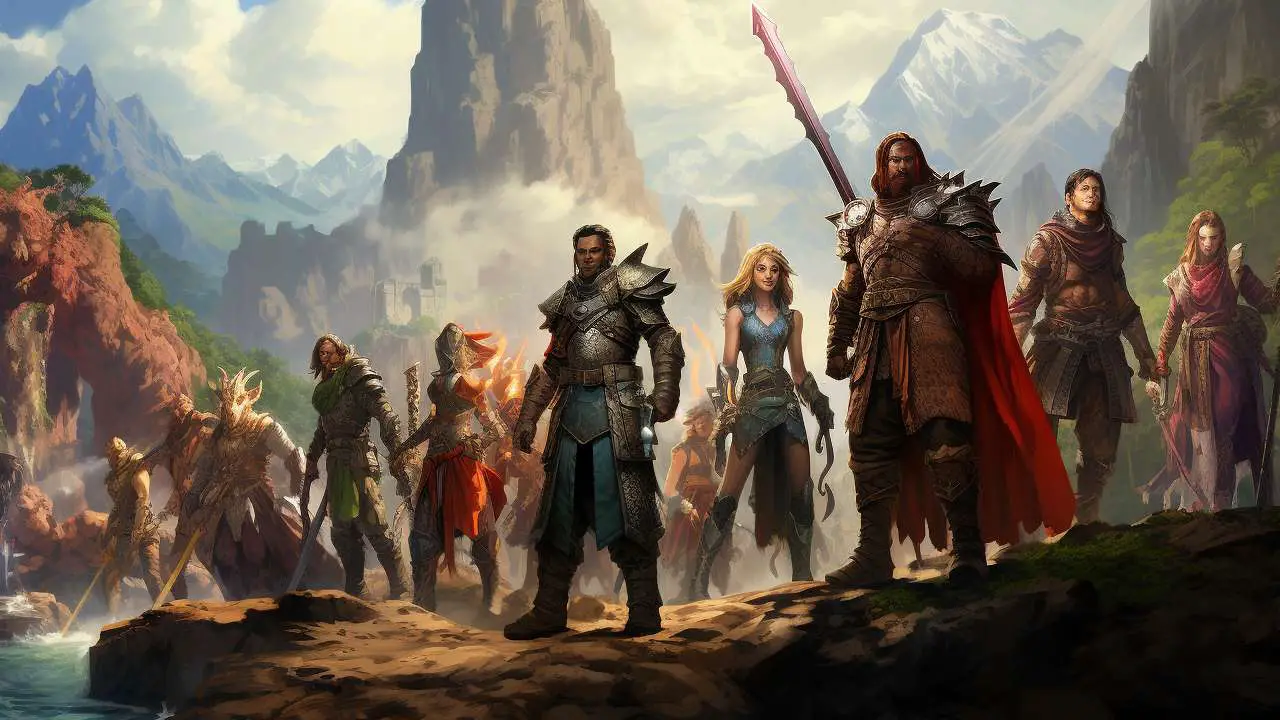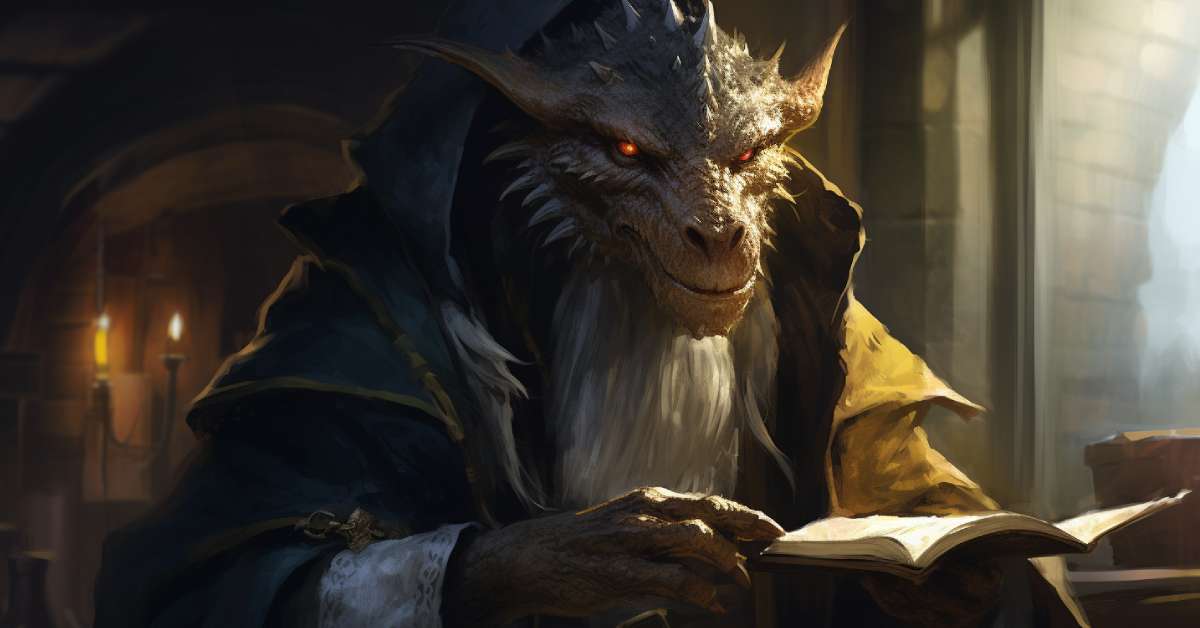
In the varied and vibrant world of Dungeons and Dragons (D&D), the choice of character race can significantly impact the way you navigate the game. Among these races, dwarves, known for their hardiness and resilience, have always been a popular pick among players. Within the dwarven species, there are distinct subraces, each with its unique features and capabilities. Our focus in this article is a deep dive into two of these subraces – the Hill Dwarves and the Mountain Dwarves.
What is a Hill Dwarf?
The lore of D&D 5e presents Hill Dwarves as a subrace that, as their name suggests, primarily inhabit hilly areas. They are known for their durability and knack for survival, as they have adapted to the unpredictable and often harsh conditions of the hills.
History and Origin of Hill Dwarves
The Hill Dwarves of D&D trace their roots back to the game’s earliest editions, featuring prominently in its lore. Unlike their Mountain Dwarf brethren who are renowned for their martial prowess, Hill Dwarves have carved out a niche for themselves through their toughness and endurance.
Their home terrain, the rugged hills, are often fraught with danger, from potential avalanches to unpredictable weather and hostile creatures. Consequently, Hill Dwarves have evolved to be hardy and resourceful, traits that are reflected in their game statistics and role-play scenarios.
Unique Characteristics, Abilities, and Traits of Hill Dwarves
One of the distinguishing characteristics of Hill Dwarves is their impressive resilience, represented by their Dwarven Toughness trait. This trait grants them additional hit points, reflecting their exceptional ability to withstand physical punishment that would fell other races.
In addition to this, Hill Dwarves, like all dwarves, have a natural proficiency with certain tools, reflecting their tradition of craftsmanship. Their Stonecunning trait reflects their instinctual understanding of stonework, a likely outcome of their life amidst the hills.
How to Role-play as a Hill Dwarf
Role-playing as a Hill Dwarf can be a rewarding experience. Due to their history and environmental adaptation, they often exhibit qualities of perseverance and pragmatism. This doesn’t mean they can’t be jovial or enjoy a good party. Like other dwarves, they love a hearty feast and a good mug of ale.
A Hill Dwarf character might be inclined towards professions that benefit from their natural toughness and resourcefulness. They could be grizzled warriors who rely more on endurance than flashy martial skills or perhaps wise clerics who draw upon their inner strength to channel divine powers.
What is a Mountain Dwarf?
While Hill Dwarves have adapted to life in challenging hill terrains, Mountain Dwarves have been shaped by the harsh realities of life in the towering peaks and profound depths of mountain ranges.
History and Origin of Mountain Dwarves
Mountain Dwarves are another long-standing subrace within the D&D lore. Their narrative is intricately woven with the mountains’ rough landscapes, depicting them as strong, steadfast, and exceptionally skilled in the art of combat and crafting.
Mountain Dwarf society revolves around their well-fortified citadels and complexes built deep within the mountains, which mirror their robust and resolute nature. These structures are testament to their impressive architectural and crafting skills, forged through centuries of honing their abilities against the constant challenges posed by their environment.
Unique Characteristics, Abilities, and Traits of Mountain Dwarves
Mountain Dwarves are known for their martial capabilities. They gain proficiency with light and medium armor, reflecting their tradition of warriors and smiths. This trait makes them an excellent choice for players who want their character to be able to hold their own in combat scenarios, even when not opting for a typically martial class.
Like their Hill Dwarf counterparts, they too share an intrinsic understanding of stonework, represented by their Stonecunning trait. In addition, their natural inclination towards craftsmanship and metallurgy is exemplified by their proficiency with artisan’s tools.
How to Role-play as a Mountain Dwarf
When role-playing a Mountain Dwarf, imagine a character who is as unyielding as the mountains they call home. They are sturdy and reliable, often the unwavering backbone of their adventuring parties. Their society is known for its strict adherence to tradition and order, which could influence their worldview and code of conduct.
Given their martial tradition, Mountain Dwarves make excellent fighters, paladins, or any class that benefits from their armor proficiency. However, their propensity for crafting also opens avenues for classes like artificers, where their expertise can be put to good use.
Comparative Analysis: Hill Dwarf vs. Mountain Dwarf
Dwarves, whether from the hills or mountains, are a formidable and versatile race in D&D 5e. However, the differences in their racial traits and abilities can influence your gameplay and character role-play significantly. Here’s a comparative breakdown of the two.
Strengths and Weaknesses: Comparing Their Racial Traits and Abilities
Hill Dwarves’ standout strength is their Dwarven Toughness, granting them extra hit points. This trait can be a game-changer, providing additional survivability to any class, particularly those with smaller hit dice, such as wizards or sorcerers.
Mountain Dwarves, on the other hand, stand out with their proficiency in light and medium armor. This trait allows non-martial classes access to better protection without the need for specific class features or feats, creating interesting options for character development.
However, these strengths can also be seen as weaknesses depending on your character build and gameplay style. For instance, a player focusing on damage dealing might find the Hill Dwarf’s increased hit points less useful. Similarly, a character who already has access to armor proficiency might not gain as much from the Mountain Dwarf’s traits.
Role-playing Opportunities: Different Scenarios Where One Might Shine Over the Other
From a role-play perspective, both Hill and Mountain Dwarves offer unique opportunities. A Hill Dwarf’s survivalist nature might shine in a campaign focused on wilderness exploration or survival, while a Mountain Dwarf’s martial prowess and crafting skills could be more relevant in a war-themed or city-centric campaign.
Community Perspectives: What Do Other D&D Players Generally Think About These Two Subraces?
The D&D community often appreciates both subraces for their unique abilities. Hill Dwarves are lauded for their versatility and toughness, making them a safe pick for almost any class. Mountain Dwarves are equally appreciated, especially for spellcasting classes where armor proficiency isn’t standard, granting these characters extra defensive capabilities.
Conclusion
In the vast and detailed universe of D&D 5e, choosing a character race is the first step on a thrilling journey of adventure and discovery. Within the dwarven subraces, Hill Dwarves and Mountain Dwarves each bring distinct flavors and strategic elements to the gameplay.
In a nutshell, Hill Dwarves offer an unmatched hardiness due to their Dwarven Toughness trait, making them an appealing choice for those seeking durability in their characters. Their history and lifestyle, steeped in survival and adaptation, can provide compelling role-playing perspectives and opportunities.
On the other hand, Mountain Dwarves, with their unique proficiency in light and medium armor, are a solid choice for players looking for a defensive edge, particularly for non-martial classes. Their rich cultural background, marked by martial traditions and a deep-seated respect for craftsmanship, lends itself to a multitude of role-playing scenarios.
Choosing between these two subraces ultimately depends on your desired playstyle, the nature of your campaign, and, importantly, which subrace’s lore and characteristics you resonate with the most. While their strengths can potentially complement specific classes or builds better, D&D is a game limited only by imagination. It’s entirely possible to construct a successful and exciting narrative around any combination you choose.




